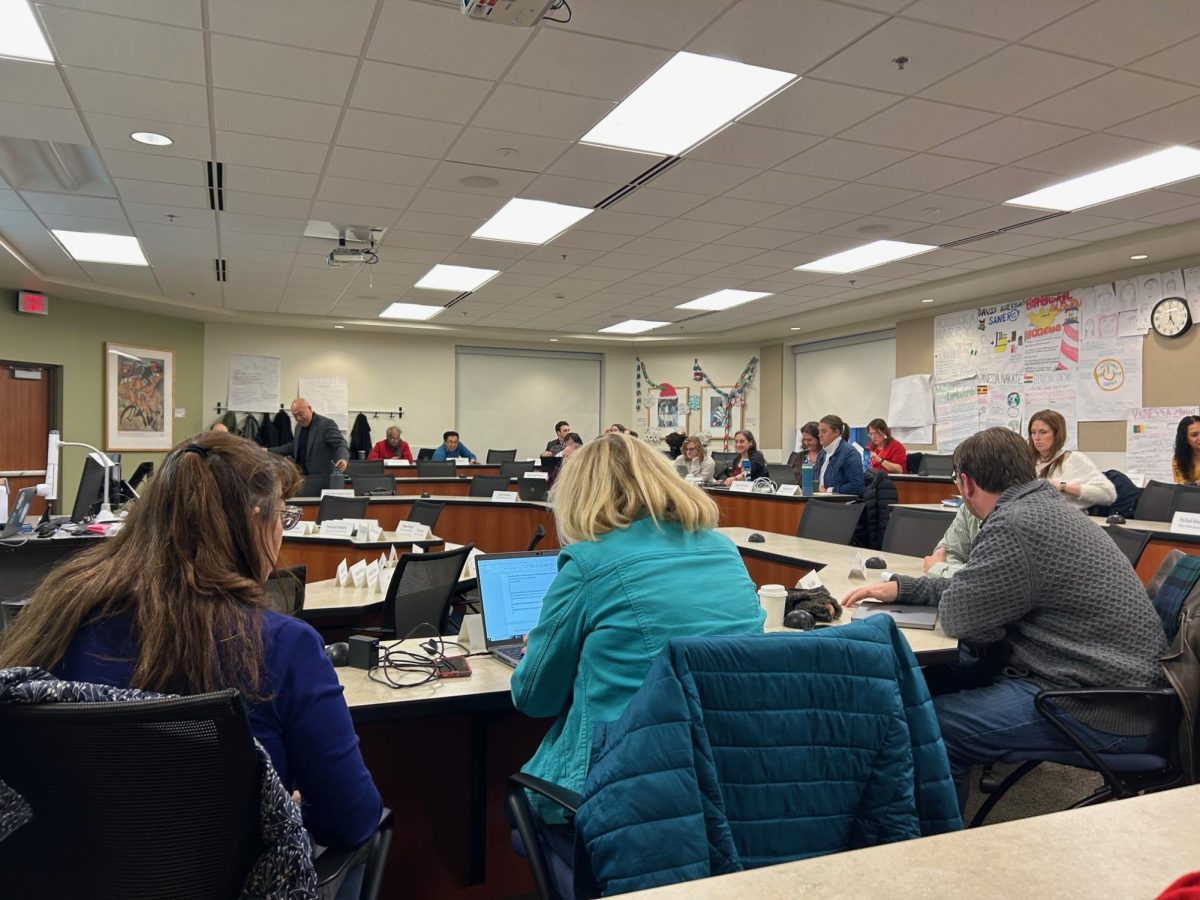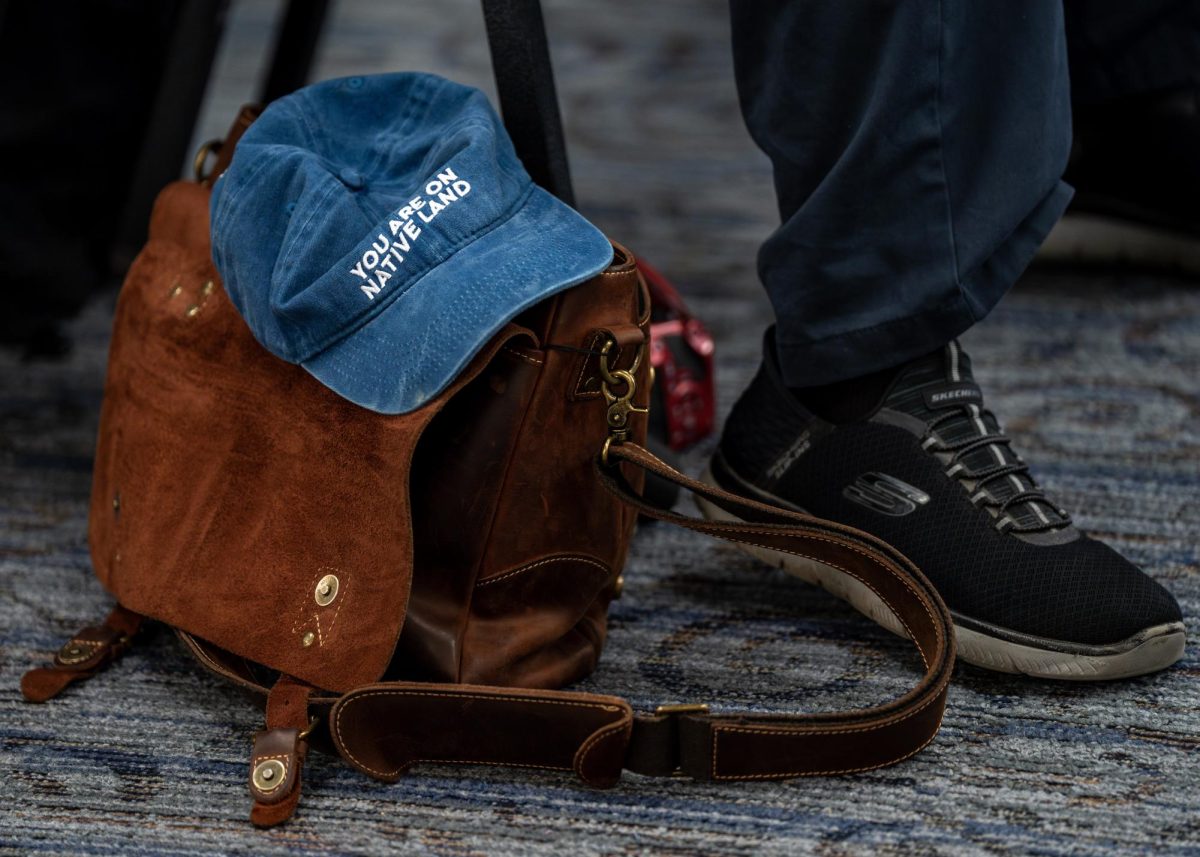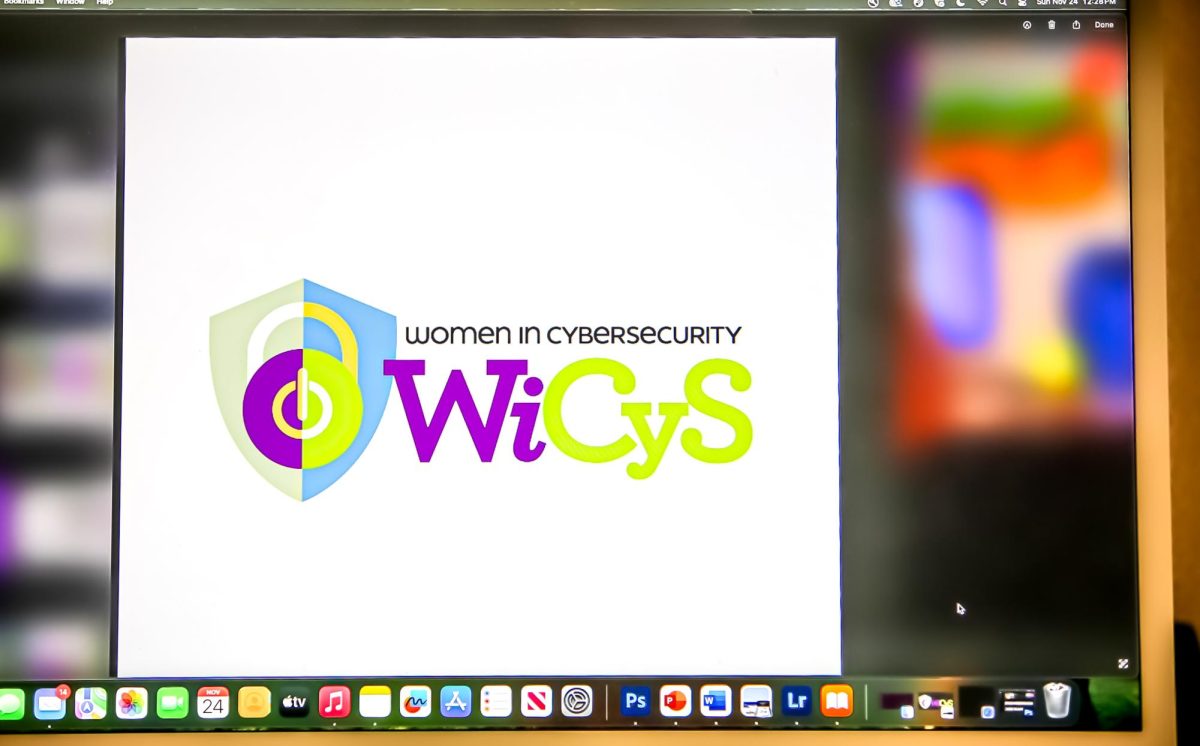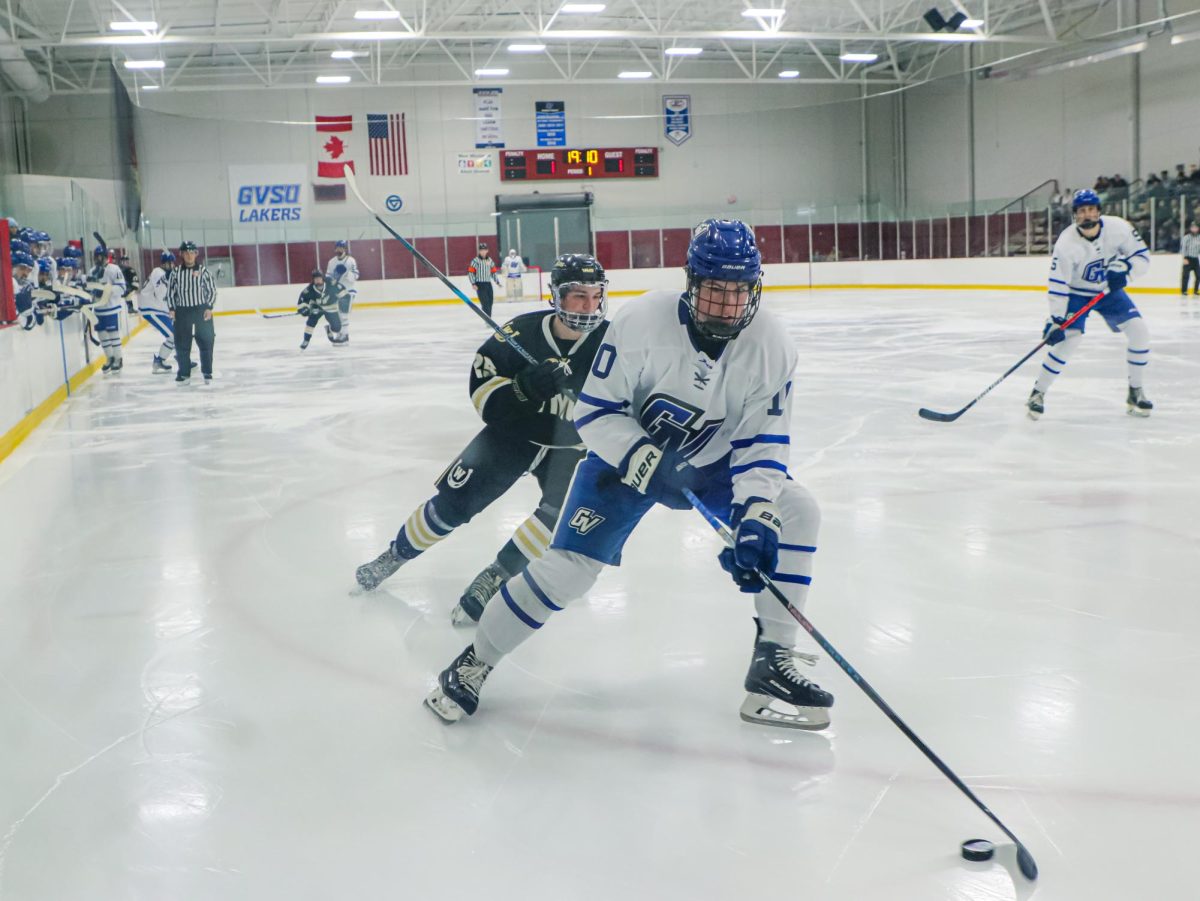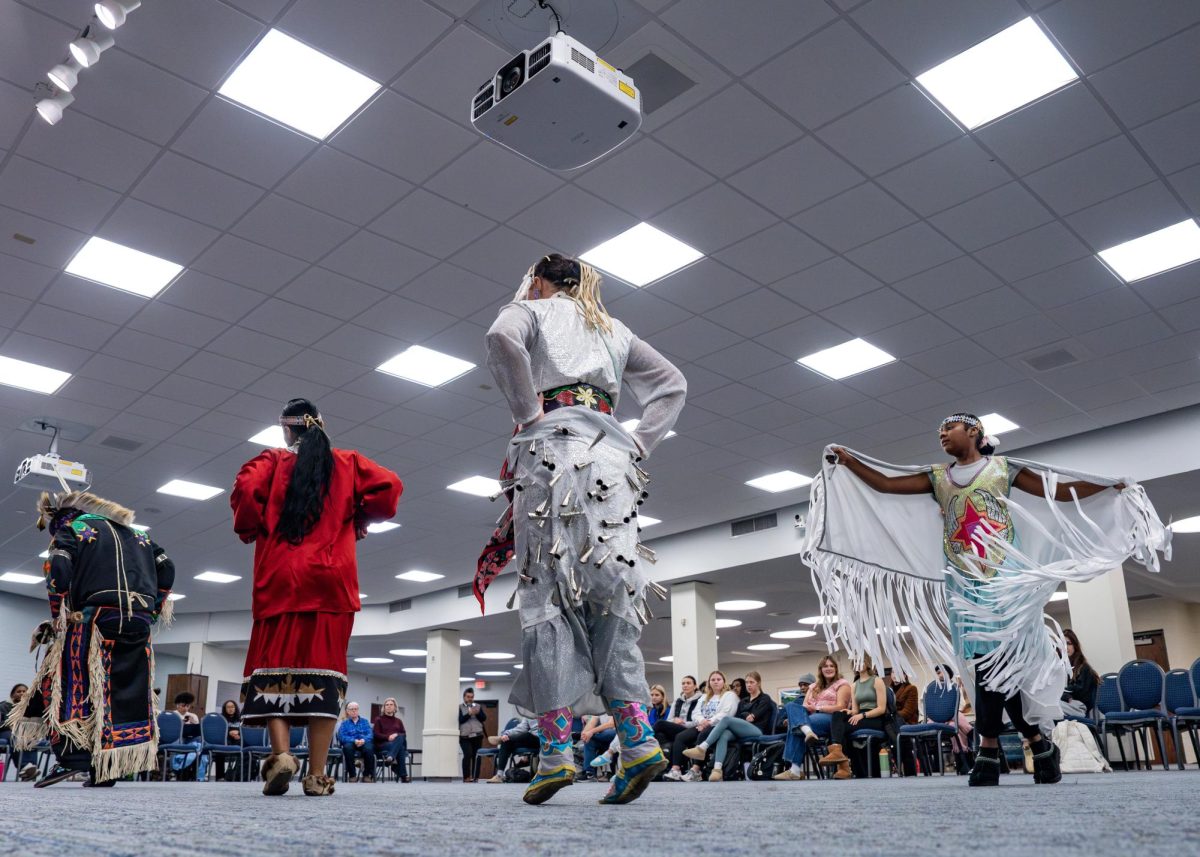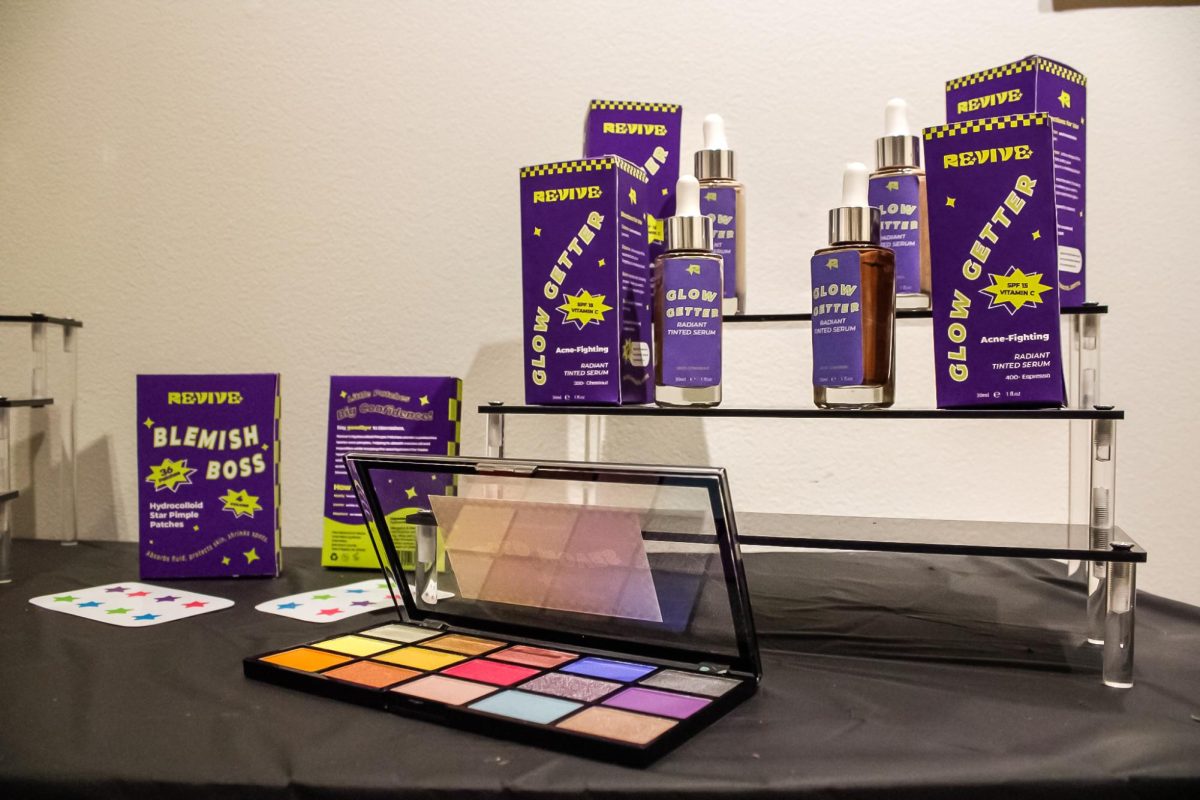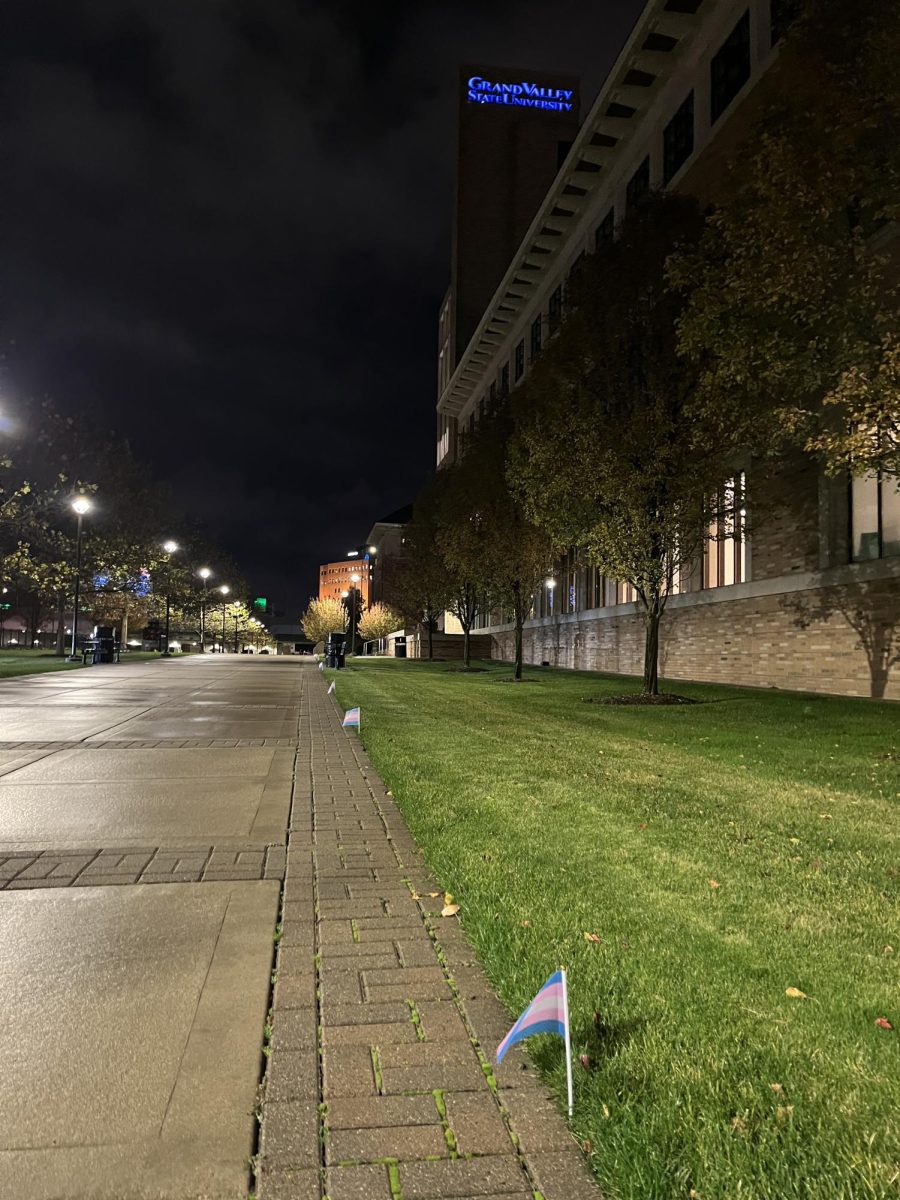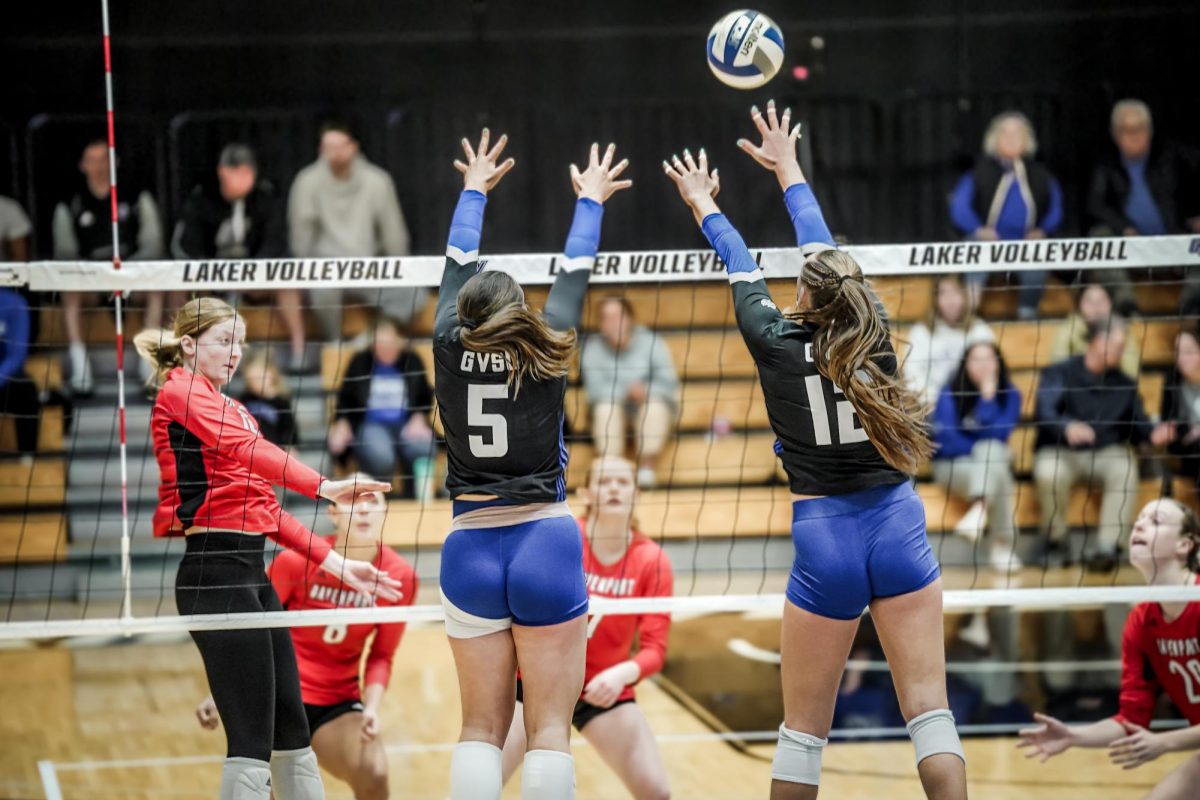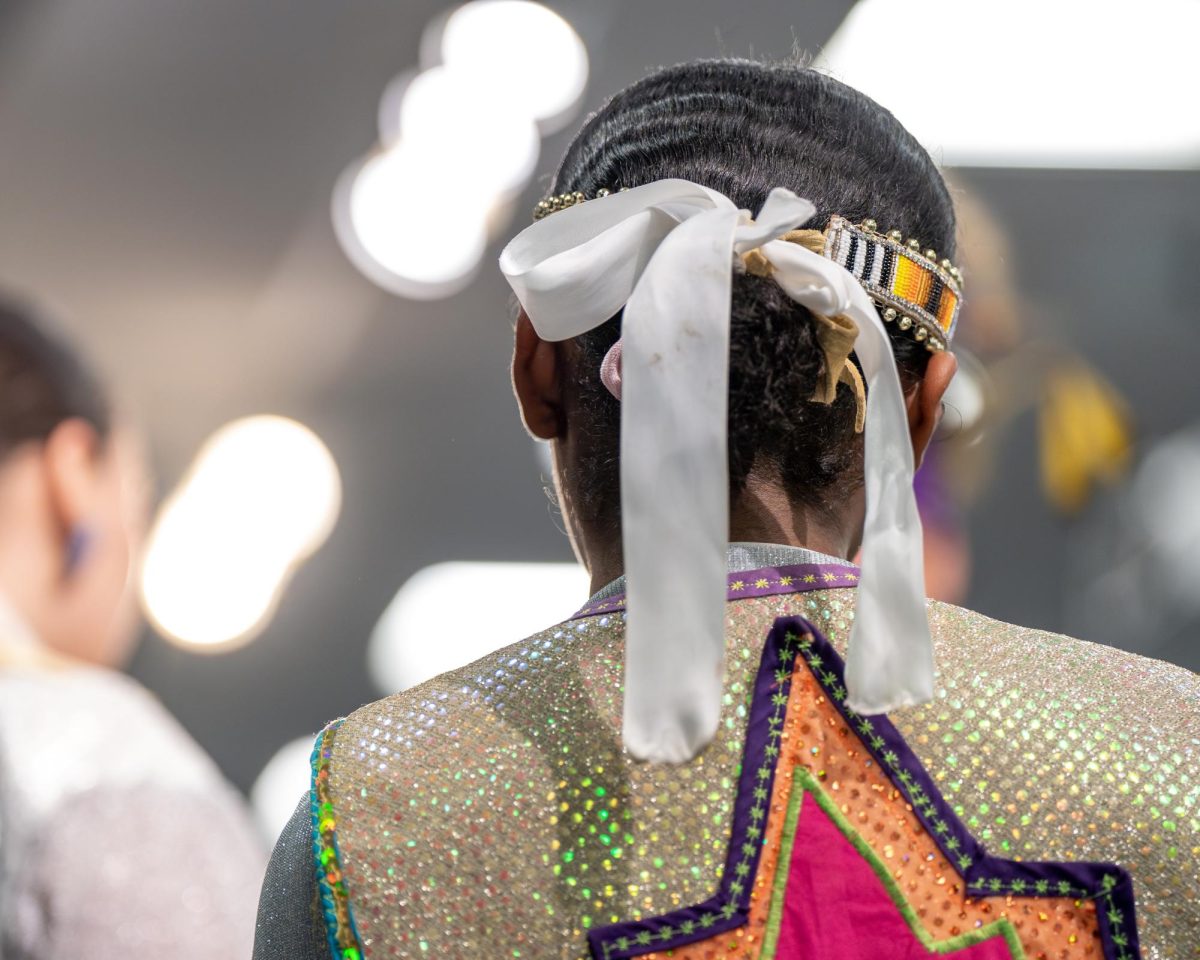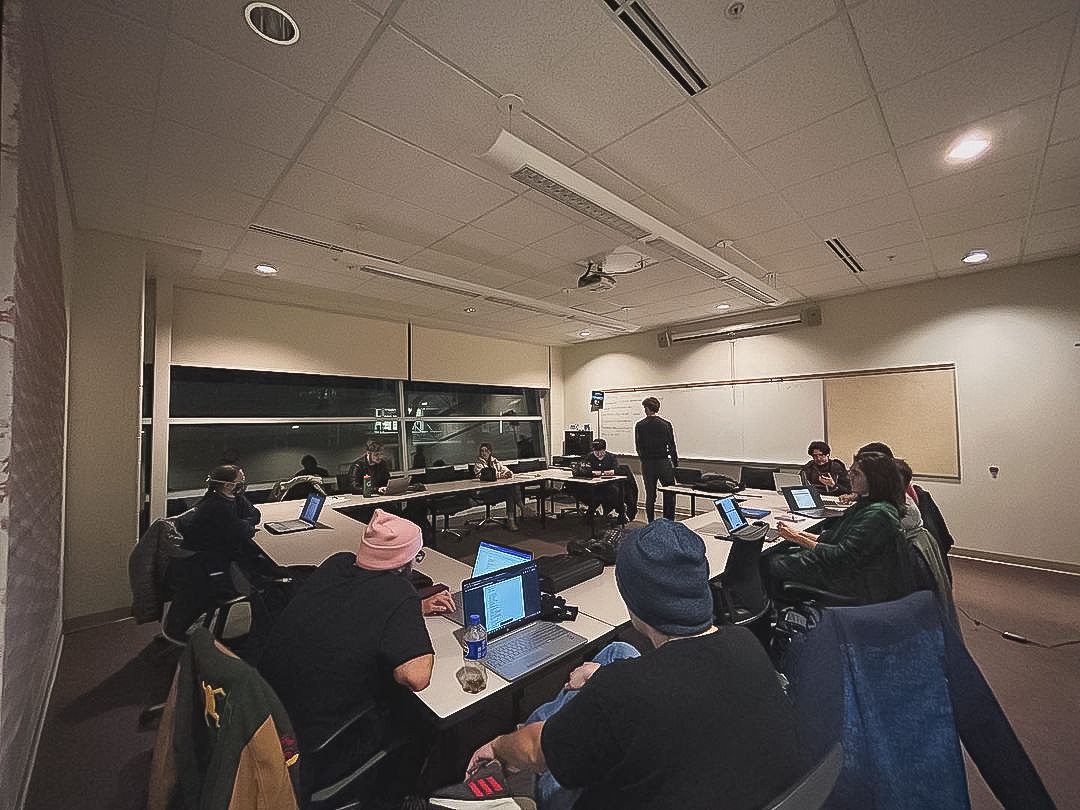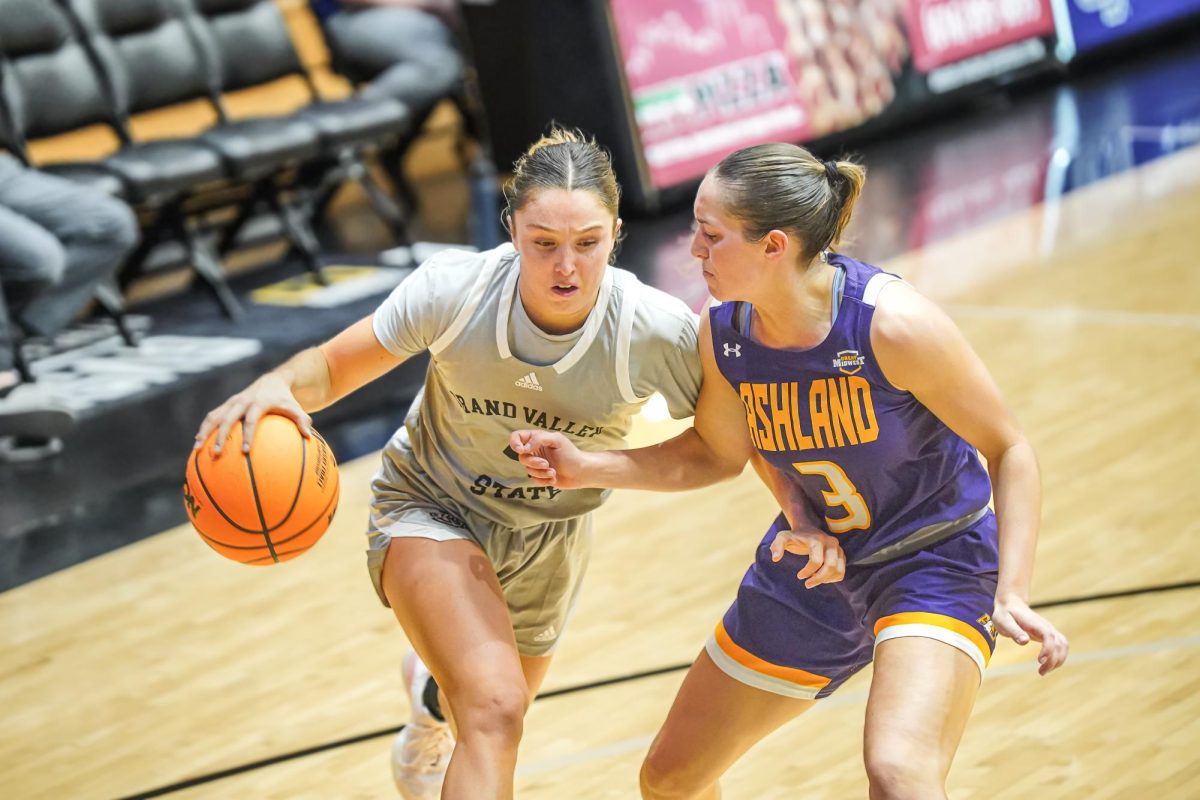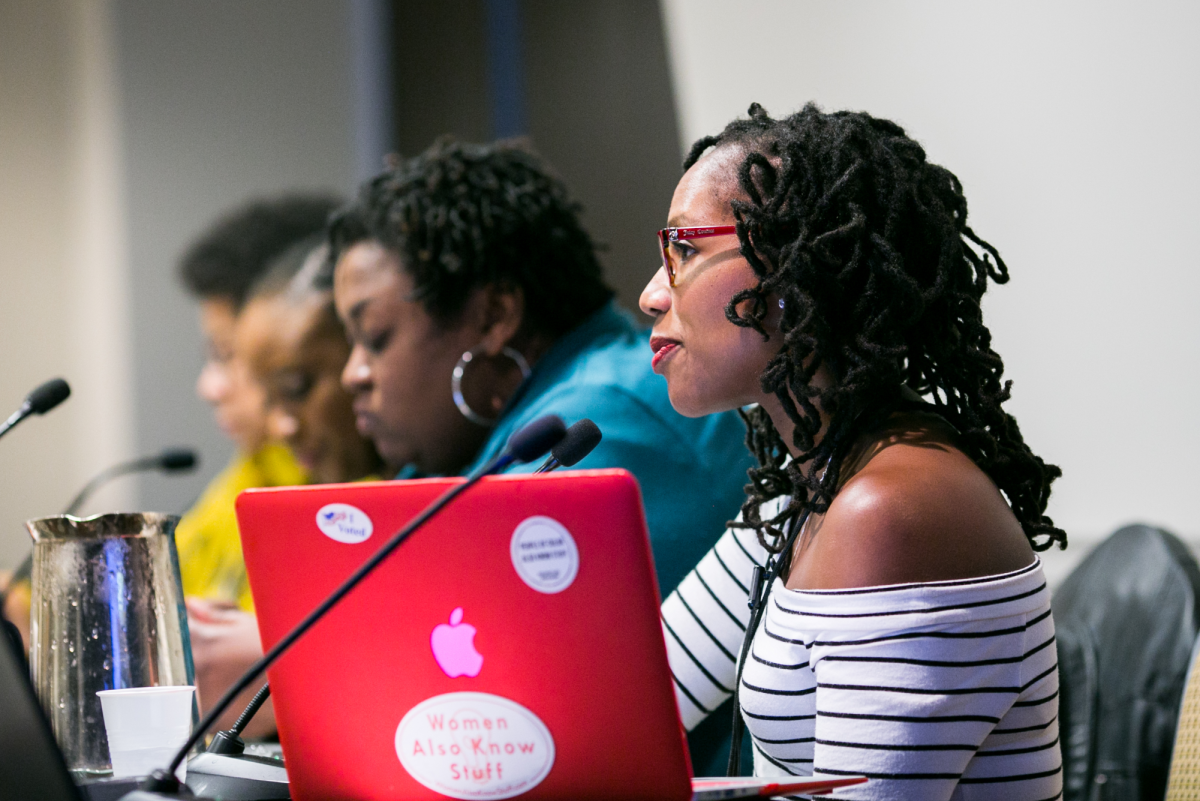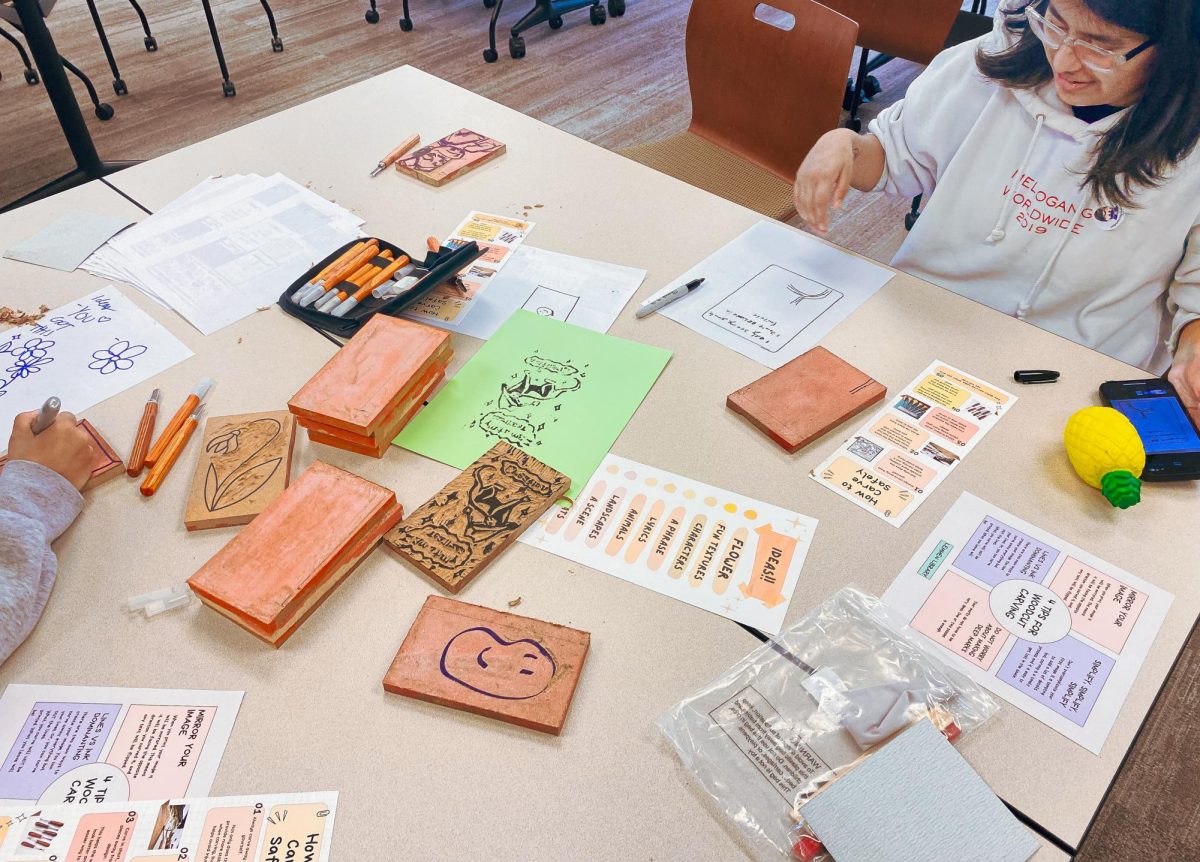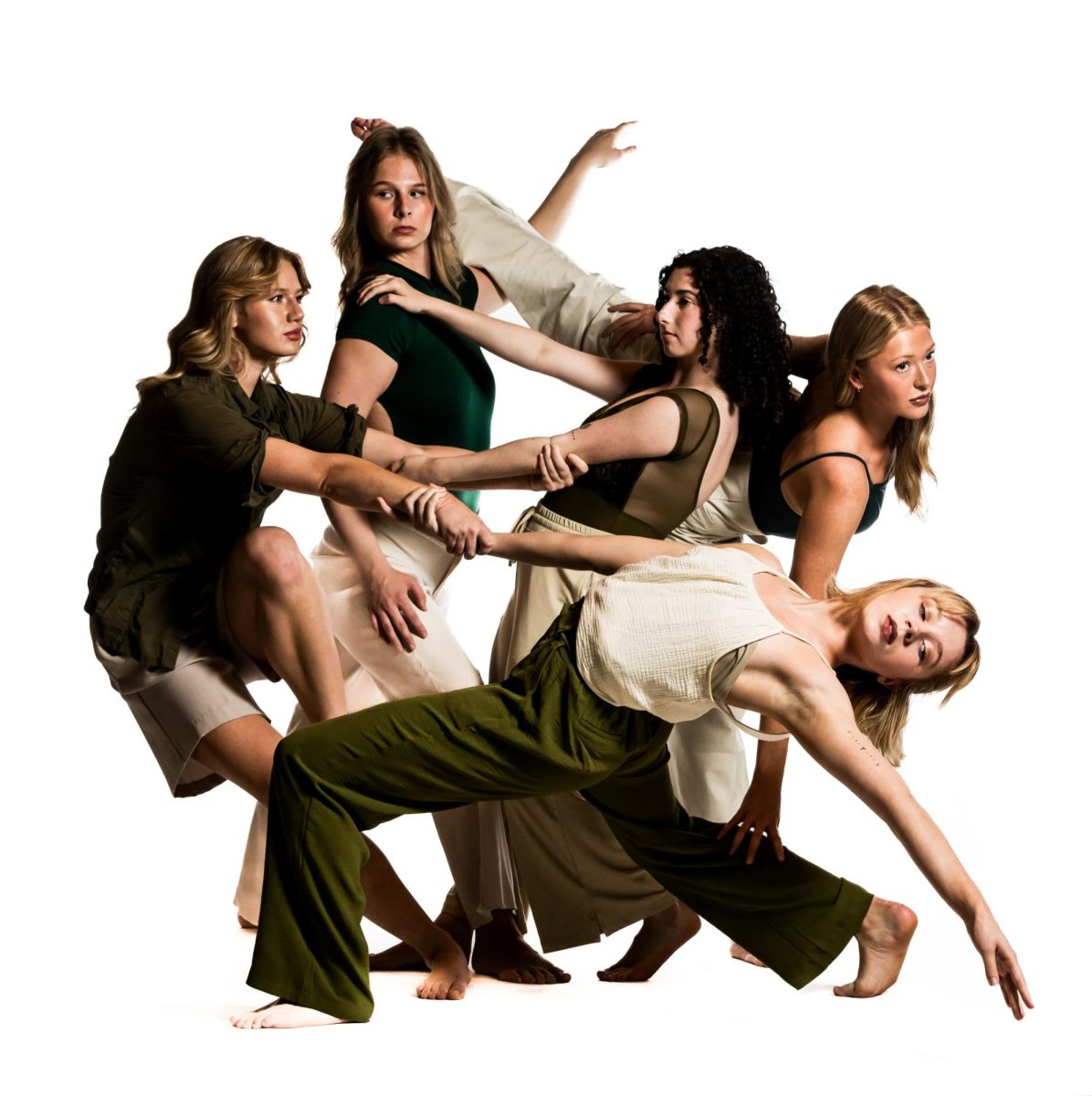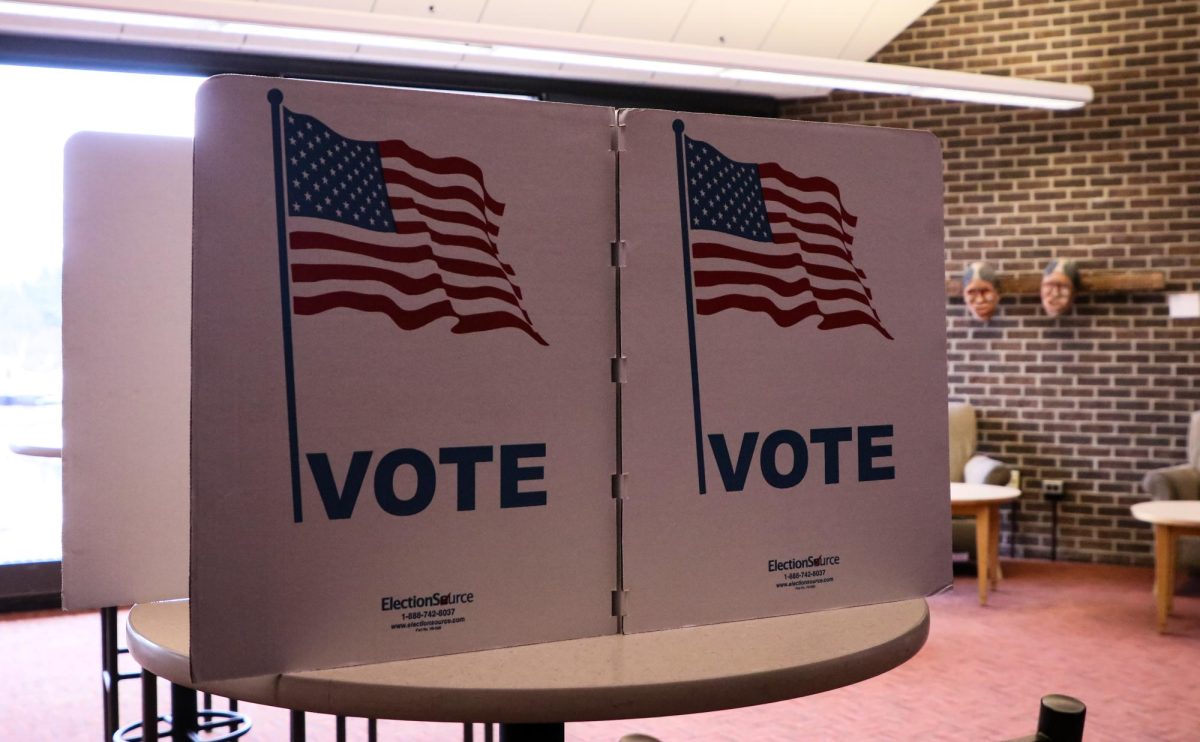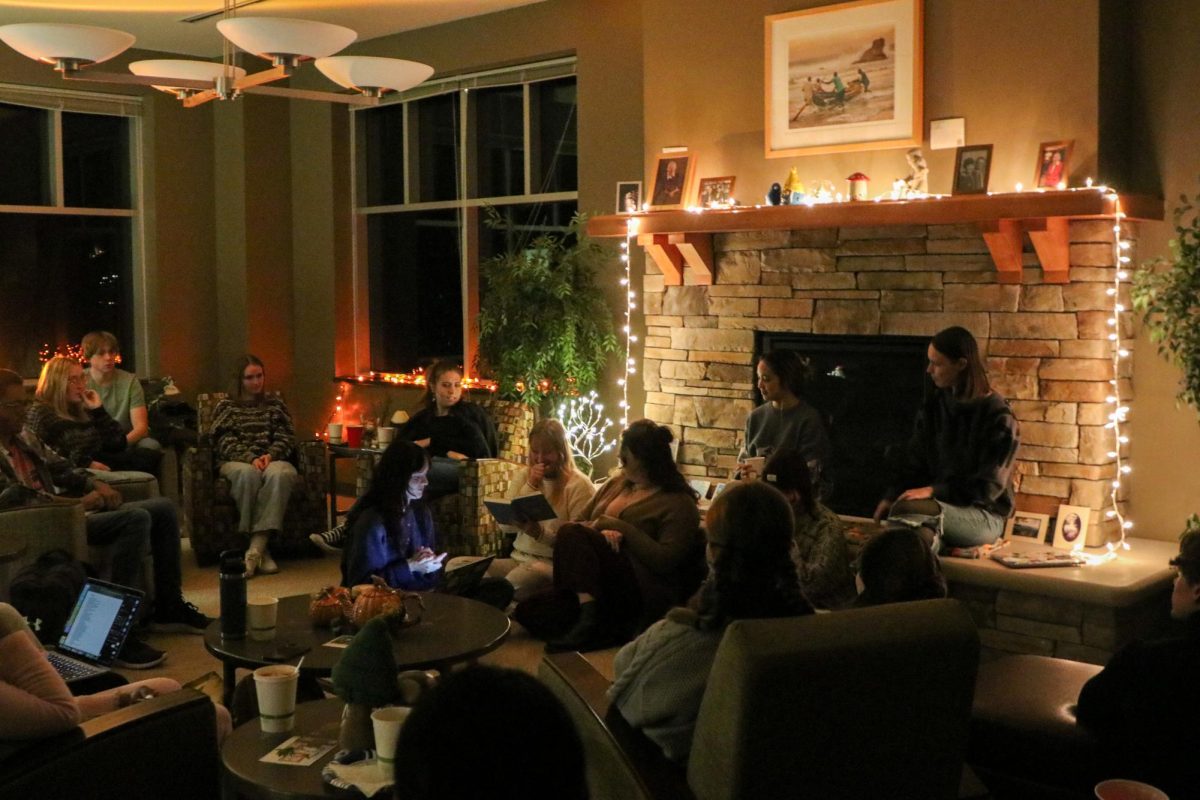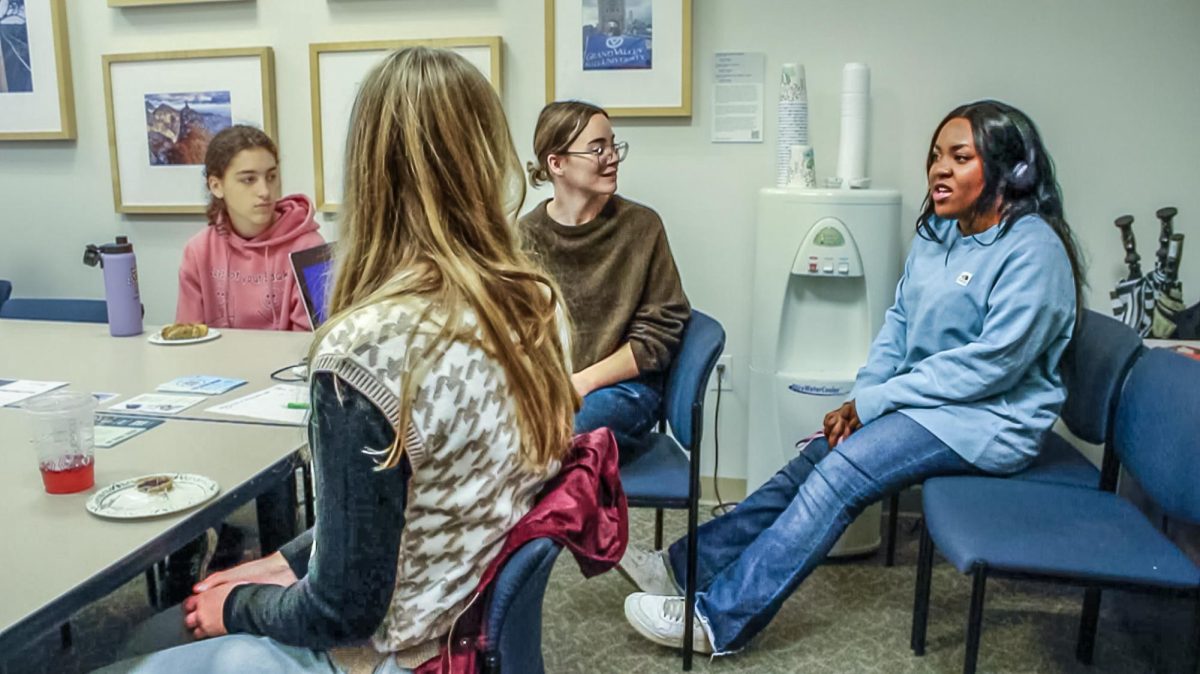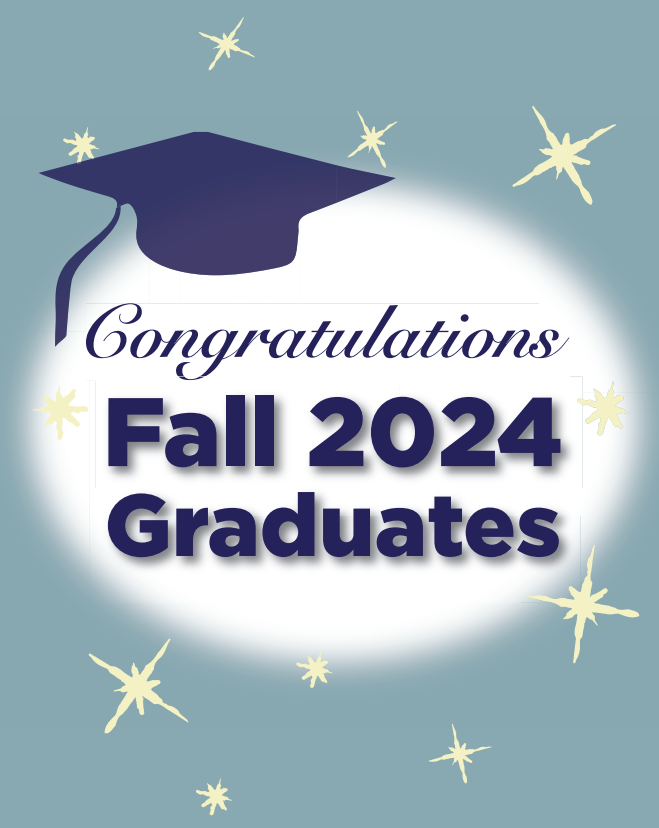Team Against Bias works to reduce discrimination
Nov 14, 2011
Sticking with its mission of inclusion and equity on campus, Grand Valley State University’s Team Against Bias has revised the language of the bias incident protocol policy to better communicate with the campus community that there is support available in cases of bias incidents.
Though the Team Against Bias and the bias incident protocol policy has been around since 2005, the initiative has been somewhat reenergized following the results of the myGVSU campus climate survey last month.
The LGBTQ population and people of color reported the highest rates of harassment in the myGVSU survey, the results of which were delivered by Sue Rankin, the senior research associate at the Center for Higher Education who conducted the survey.
Though Rankin said GVSU has the highest population of LGBTQ students she has seen reported at any campus surveyed by her consultant firm, the LGBTQ population, in addition persons of color, were the least comfortable and least satisfied at GVSU overall, with “significant” differences between satisfaction rates of people who self-identified as white and people of color.
“We are pleased that so many members of the campus community felt safe enough to identify as LGBTQ,” said Colette Seguin Beighley, director of the LGBT Resource Center. “However, the survey clearly illustrated there is much more work to be done to address the needs of people of color as well as the LGBTQ community on our campus.”
Congruently, records of bias incident reports to the Dean’s Office show comments regarding sexual orientation are the most commonly reported, followed by comments regarding race. Out of the 11 reported incidents in winter 2010, six of them involved sexual orientation while two involved race. In fall of 2009, nine of the 16 reported bias incidents were directed around sexual orientation and three involved race.
“Most (reported incidents) are anonymous, cowardice acts — very difficult to actually find the person responsible,” said Marlene Kowalski-Braun, director of the Women’s Center and chair of TAB. “It’s the graffiti; it’s the yelling across at someone. We know that what is reported is a very small percentage of what actually happens. We do investigate all bias incidents. I will say though, that in terms of themes, it continues to be that our LGBT community experiences the most bias incidents, and then following that it would be around race and ethnicity.”
Since the creation of the protocol in 2005, 129 bias incidents have been reported.
Team Against Bias and protocol training
Kowalski-Braun said the team started publicly tracking bias incidents in 2005 out of a desire for more transparency and accountability in the campus community, as a nod to the reality of bias on campus and out of efforts to be prepared to address them. TAB is made up of faculty and staff from a variety of offices and departments on campus, and also includes members of the Student Senate.
Kowalski-Braun said TAB’s primary efforts have focused on educating the campus community.
“We talk about the protocol during new faculty orientation; we do two excellence in leadership series training for faculty and staff each semester, we always do a training for all of the offices listed on the card, and then we go in and do trainings as needed,” she said.
During training sessions, such as the recent session conducted with Student Senate on Oct. 26, Kowalski-Braun teams up with Steven Lipnicki, director of Pew Campus Student Services, to discuss what kind of situations define bias incidents, how bias incidents affect the people involved and how to be an active bystander.
TAB’s newest initiative, the “Speak Up” campaign, is designed to utilize student leaders as role models by sharing how they speak up in bias situations, promoting the idea of being an active bystander or using their voices to interrupt bias.
The group meets monthly to collectively review bias incidents, which are also tracked and reported on the bias incident protocol website.
Reporting, protocol and policy
On the website, www.gvsu.edu/bias, students can use an existing form to report bias incidents and have the option to report anonymously, though the posted results use general descriptions and are non-identifying.
Bart Merkle, dean of students, handles student-reported bias incidents. He begins with a follow-up call to the individual who reported the incident in cases where the reporter was not anonymous.
Merkle follows up in order to learn more about the incident, and offer support services and counseling options if they choose. If an individual was identified as having made the comment or done the action that resulted in the report, Merkle will also have a follow-up conversation with them, though he said it is rare to know the identity of the offender.
“Over the years that we’ve been doing this, I will tell you that we’ve done it, but it’s somewhat rare,” Merkle said. “Most of the time the kinds of things we get are either completely anonymous — reported anonymously — or the person who reports it has no idea who is responsible.”
If that student is in violation of university policies, there could be disciplinary action, but Merkle said those circumstances are very rare as well.
“In almost every instance that I’ve been involved in, it has not necessarily been a violation of university policy; it’s just been a disrespectful, hateful kind of behavior,” he said. “There is a fine line between peoples’ right to express themselves and when that goes beyond speech. So, you know, there have been a few times that we have followed up with people and just had to sort of say, ‘Why are you doing this?’ But the vast majority of the complaints that come in, there’s no real way to follow up other than to follow up with the person who kind of was the victim and maybe reported something.”
Similar to the bias incidents reported by students, the Inclusion and Equity Division review faculty and staff reports. A follow-up is conducted with any identifiable parties, whether the individual who reported the incident or the offender, and counseling services or appropriate support is offered.
However, faculty-and-staff-reported incidents shy in comparison to reports made by students.
“The incidents involving staff and faculty that I’ve seen mostly involve interactions between individuals,” said Dwight Hamilton, assistant vice president for affirmative action in the Inclusion and Equity division and a member of TAB.
Moving forward
Merkle said since the protocol has been created, numbers have fluctuated from semester to semester, with no consistent trend of increase or decrease, though TAB is continuing to develop ways to reach out to the campus community.
“The protocol allows us to begin a conversation when someone believes those values have not been lived up to,” Kowalski-Braun said. “In particular, we want to make sure people who have experienced bias are connected with resources and support.”
Kowalski-Braun said it is important to stress that TAB puts the power in the hands of the individual who has done the reporting, keeping their needs at the forefront of everything.
“What we try to do is balance the protocol with a whole host of other things around inclusion and equity so that we don’t have to utilize the bias protocol,” she said. “If we create safe spaces, if we allow people’s voices to be heard, if we celebrate diversity – then we’re hoping that we’re creating an environment where people don’t have to use the tool.”




